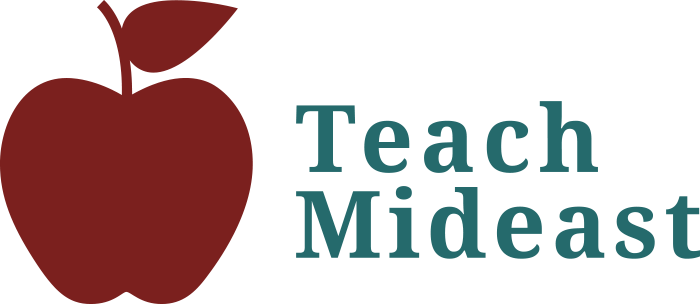The Taliban’s return to power in August 2021 marked a harsh turning point for Afghan women, erasing progress made in the two decades following the U.S.-led invasion in 2001. Women now face severe restrictions on education, employment, and public participation, amounting to what human rights organizations have called a “gender apartheid.” These struggles are part of a broader crisis, as Afghanistan battles political isolation, economic collapse, and worsening humanitarian conditions, all disproportionately affecting women.
The struggle for women’s rights in Afghanistan has been shaped by the country’s complex history. In the late 20th century, during the communist era, reforms promoted gender equality, raised the marriage age to 16, introduced compulsory education for girls, and increased urban women’s participation in the workforce. However, patriarchal norms persisted in rural areas. Under the Taliban’s first regime, from 1996-2001, women were erased from public life, banned from work and education, and confined to their homes under strict dress codes. The post-2001 U.S.-backed government implemented reforms like the Elimination of Violence Against Women law and gender quotas, enabling urban women to reclaim roles in politics, academia, and the workforce. Progress, however, remained uneven, with rural areas left behind.
Since regaining power, the Taliban’s de facto authorities (DFA) have systematically excluded women from public life through decrees, policies, and practices. Women are banned from most jobs, including in NGOs and private businesses. A 2022 ban removed 15,000 female workers from NGOs in a move that crippled humanitarian efforts. Organizations that continue operating often face harassment by DFA officials. Secondary education for girls was similarly suspended, followed by a ban on women attending universities. These policies not only strip women of opportunities, but also erode Afghanistan’s long-term resilience. For example, the healthcare sector faces critical shortages due to the departure of female professionals, leaving many women without access to care as male healthcare workers are restricted from treating female patients.
Mobility and public access are also heavily restricted. Policies now require women to be accompanied by a male guardian for travel over 50 miles, and dress codes mandate full-body coverings like the burqa. Public spaces such as parks, gyms, amusement parks, and bathhouses are increasingly off-limits to women. These measures effectively confine women to their homes, exacerbating mental health challenges, fostering dependency on male relatives, and reinforcing patriarchal norms that view women as subordinate. Gender-based violence has reportedly increased as women’s confinement intensifies domestic tensions, compounding their vulnerability. The DFA’s policies also codify deeply entrenched patriarchal norms, which limit women to reproductive roles and domestic tasks. Afghan men are held accountable for violations of restrictions by women in their families, further reinforcing their control and decision-making power.
The economic collapse, driven by sanctions, frozen reserves, and aid withdrawal since the Taliban takeover, has left millions in poverty. Women bear the weight of these crises, particularly as policies bar them from work and aid delivery. The exclusion of women from NGO roles worsens the humanitarian crisis, limiting assistance for women and children. Lastly, political isolation under a non-recognized Taliban regime has hindered international efforts to advocate for women’s rights.
Despite severe repression, Afghan women continue to resist. The number of women’s civil society organizations has reduced from 675 to 260 since 2021. Yet, initiatives like secret schools and local radio stations, such as Radio Femme, empower women through education and awareness. The amount of female journalists in the country dropped from 25% to 15%; despite that, Afghan women use their voices, sometimes from abroad, through platforms like Begum TV, which broadcasts educational programming, and Zan Times, an investigative newsroom covering human rights violations affecting women and the LGBTQ community. Also from abroad, the all-women online media outlet, The Afghan Times, reports on human rights and women’s issues. These efforts, supported by groups like UN Women, ensure Afghan women reclaim their narratives and support their communities. Despite violent crackdowns on protests, beatings and torture, women still continue to defy oppression through videos, songs and leveraging journalism and education. Their call for “Bread, Work, Freedom” endures as a symbol of their resilience and hope for a better future.
The international community has issued statements condemning Taliban policies and imposed targeted sanctions; however, the UN has also urged the international community to continue supporting Afghanistan. The abrupt halt of foreign aid has devastated Afghanistan’s deeply dependent economy, especially in the public health sector, where the price of medications has nearly doubled. UN reports on the human rights situation show that DFA policies and actions contravene many international treaties. UN Women’s 2024 report emphasized sustainable, gender-focused aid, including funding women-led organizations, allocating 30% of aid to gender equality initiatives, and embedding women’s rights in all humanitarian actions. Afghan women have called for international recognition of improvements in women’s rights.
Addressing these challenges requires a dual approach: sustained international support and amplifying the agency of Afghan women who continue to resist oppression. Long-term investment should prioritize meaningful consultation with Afghan women, supporting their efforts and ensuring rights-based initiatives. While international aid can provide critical resources, the enduring resilience of Afghan women, through education, journalism, and activism, demonstrates their capacity to lead the fight for their own future.

